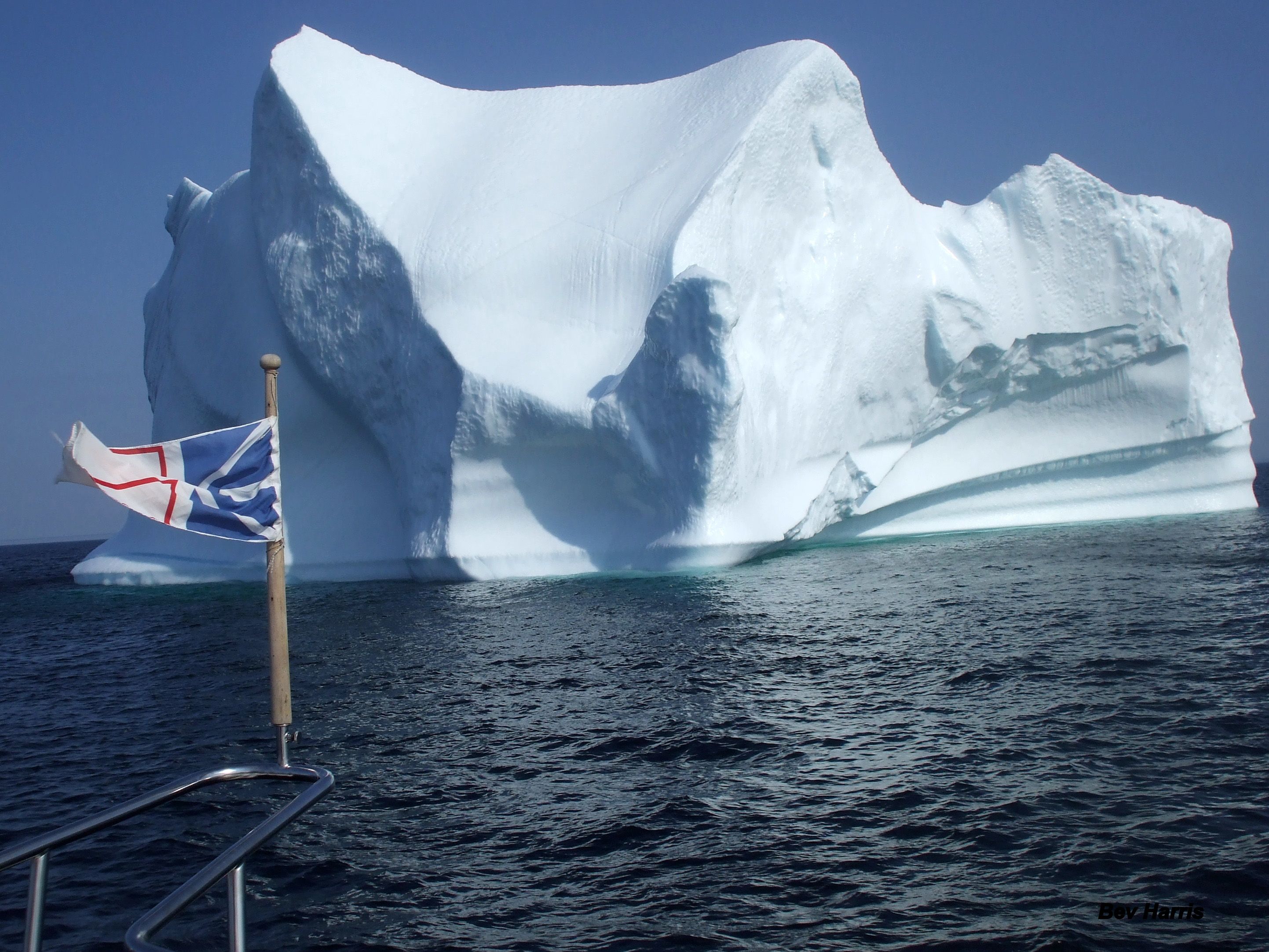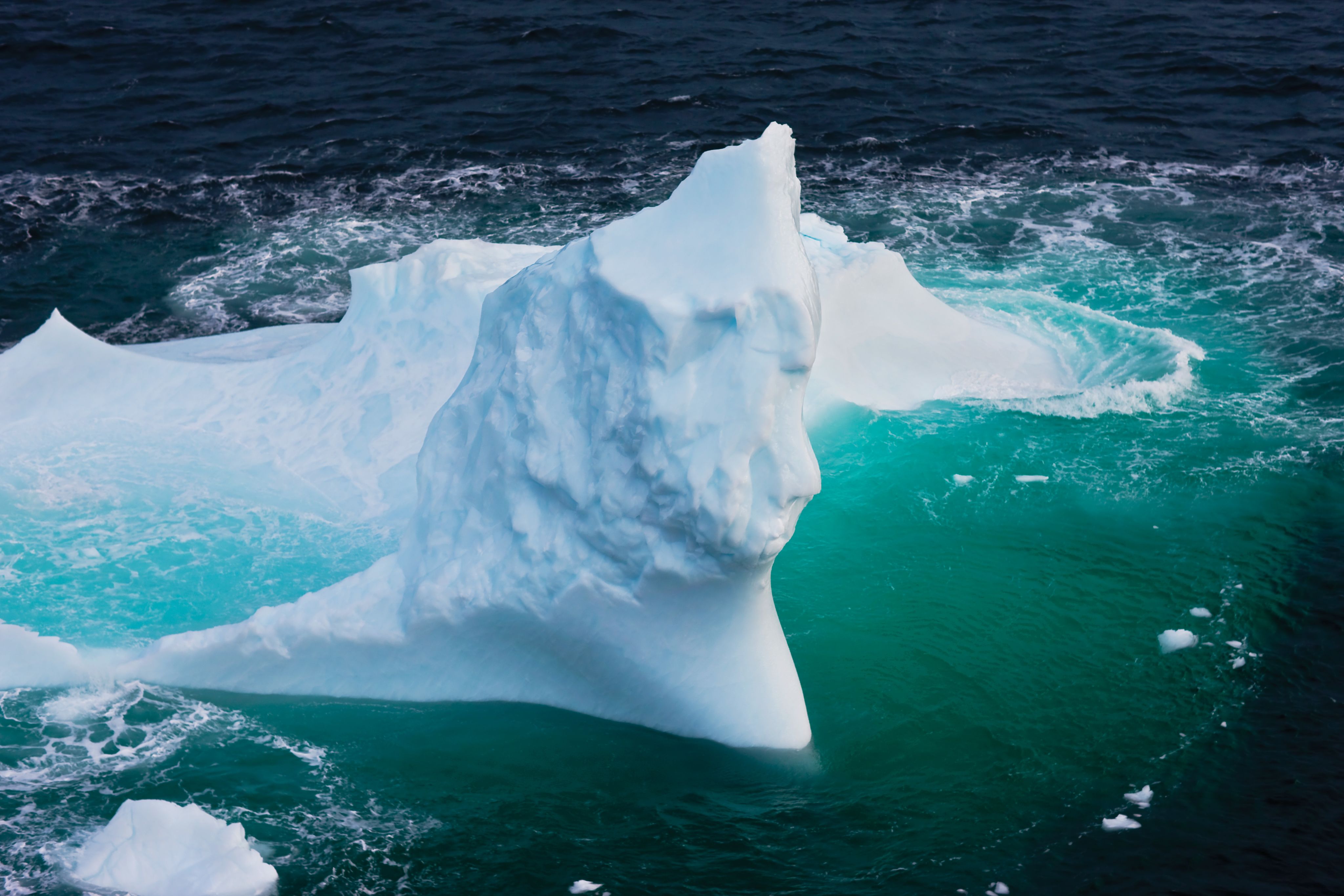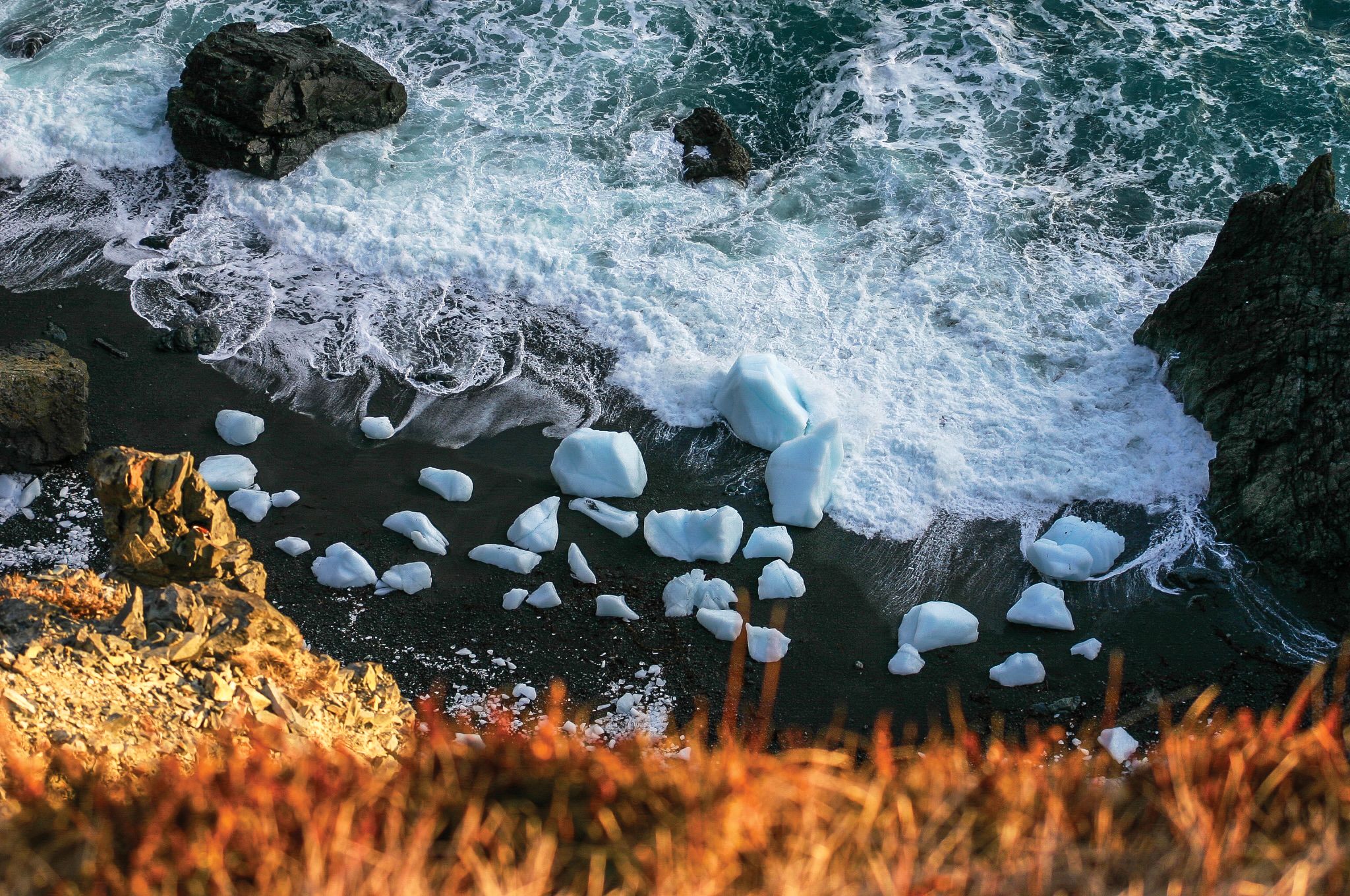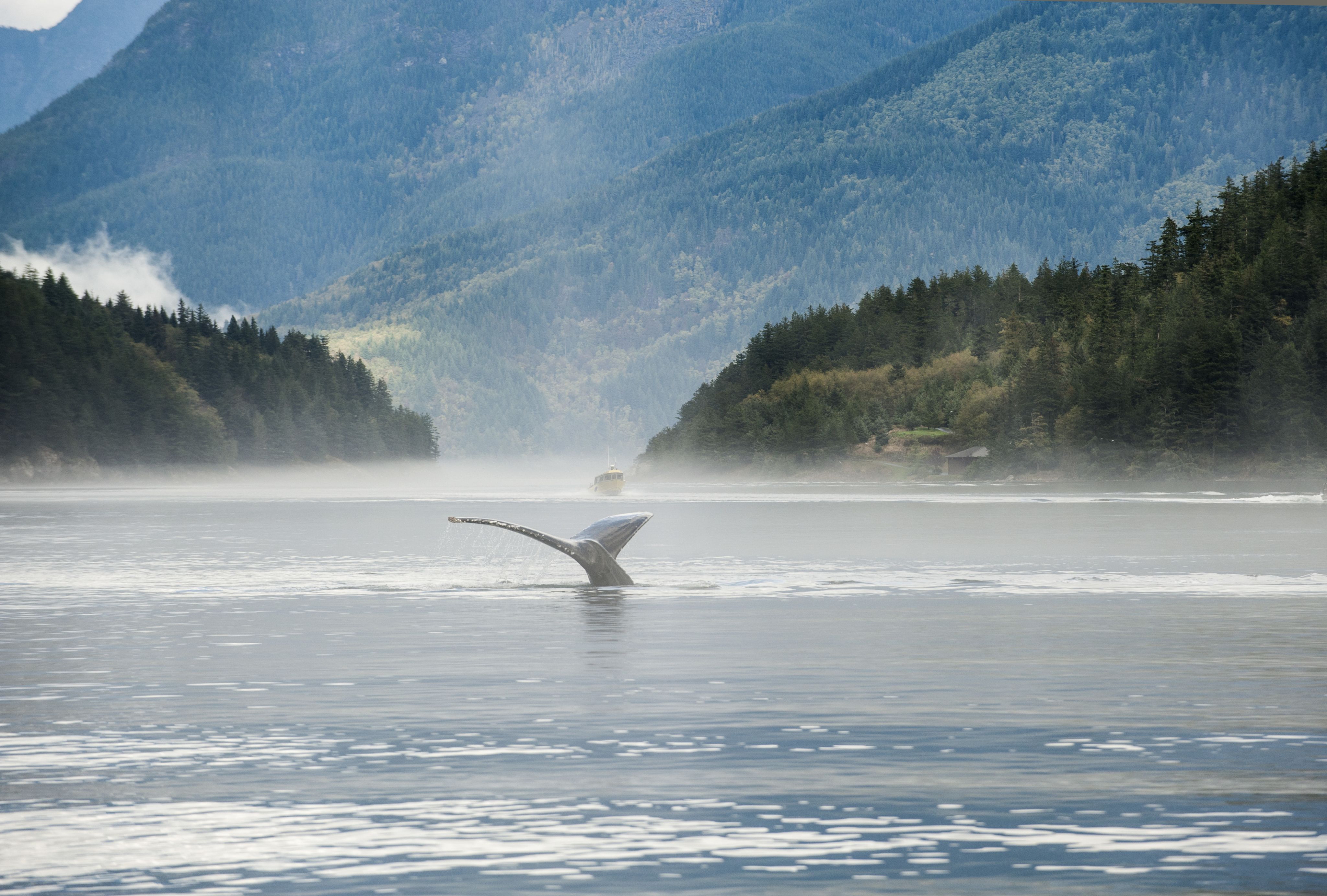Giants of the Atlantic

Every year, massive chunks of ancient ice break off from glaciers in Greenland and the Canadian Arctic and make their way down the North Atlantic Coast carried by the Labrador Current.
This centuries-old parade is part of the natural cycle and is a phenomenon best seen in Newfoundland and Labrador in the late spring.

From his vantage point on Quirpon Island, Ed English has a front-row seat to the annual iceberg show.
Ed is the owner of the Quirpon Lighthouse Inn, perched on the northeastern tip of Newfoundland's Great Northern Peninsula. Due to its northern location, Quirpon Island's iceberg season starts early and ends late, with hundreds of these giants flowing by all spring and well into the summer.
"To keep track, I go out every July 1st and I count the icebergs from my helipad," Ed says. "So normally on July 1, I count two to three dozen icebergs."
At the beginning of the season, that number is much higher and goes down to about one or two by August.
"We've got a lot of icebergs here and some of them are massive," Ed says, recounting one year when he couldn't go out to the island on his usual route because a giant iceberg had wedged its way in on one side of the island.
The inn is housed inside the renovated 1922 lightkeeper's home, next to the still-operational lighthouse and allows guests to fully immerse themselves in the northern part of Iceberg Alley.

Photo: Tourism Newfoundland and Labrador
Photo: Tourism Newfoundland and Labrador
Further down the coast of Newfoundland, in the capital of St. John's, Stan Cook Jr of Rock+Water Travel is also anticipating the start of iceberg season.
Stan's legendary iceberg tours showcase the glacial giants from land, air and water, and feature interpretive talks from scientists about the nature of the icebergs.
"For our guests, icebergs are almost mystical," he says.
The colours, the size, and the long history of icebergs make them a crowd-pleaser. People always want to know if icebergs are salty – they're not – and where they come from – mostly Greenland.
Upwards of 90% of icebergs we see in Newfoundland and Labrador, come from the glaciers of western Greenland. The rest are pieces that have broken off from islands in the Canadian Arctic. Once the icebergs slowly make their way south through the Davis Strait and get swept up by the Labrador Current, they aren't destined to live much longer and will usually melt within a year.

Photo Tourism Newfoundland and Labrador
Photo Tourism Newfoundland and Labrador
To those who have never experienced an iceberg in person, they may seem like gentle formations bobbing off the coast at a distance. But those who have seen them up close, know that icebergs are alive – they are unpredictable and often unstable, they break apart, hiss and sizzle, flip over and, most of all, are larger than you can imagine.

Everyone I know has a couple of chunks of iceberg in their freezer. They'll break it out in the summertime, if they're having a party and all the guys are coming over.
For Newfoundlanders like Stan, who have grown up with the annual migration of icebergs, the glacial giants are just a part of life, but he understands the appeal they hold for those from away. And when he's hosting guests, he makes the experience as meaningful and interactive as possible.
On his tours, guests will have the chance to see the iceberg's immense size and beauty while flying overhead in a private helicopter, as well as walk alongside them on beautiful coastal hikes.
And perhaps his favourite way to immerse visitors with icebergs is to get them out on the water in a boat or kayak.
Stan loves to get people to see the icebergs up close (as much as is safe), find some bergy bits (smaller pieces that have broken off the iceberg) and taste them.
"You could have a 20-year-old scotch and 10,000-year-old iceberg ice," he says. "Or melt it down and have a cup of tea."
Embrace Canada with Landsby
Landsby creates unique and immersive experiences that not only provide travellers with purposeful and enriching trips but aim to positively impact the host communities.











